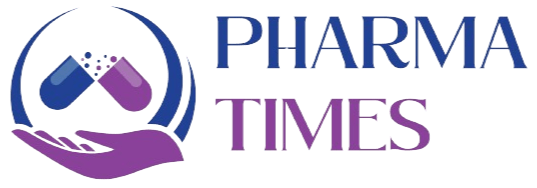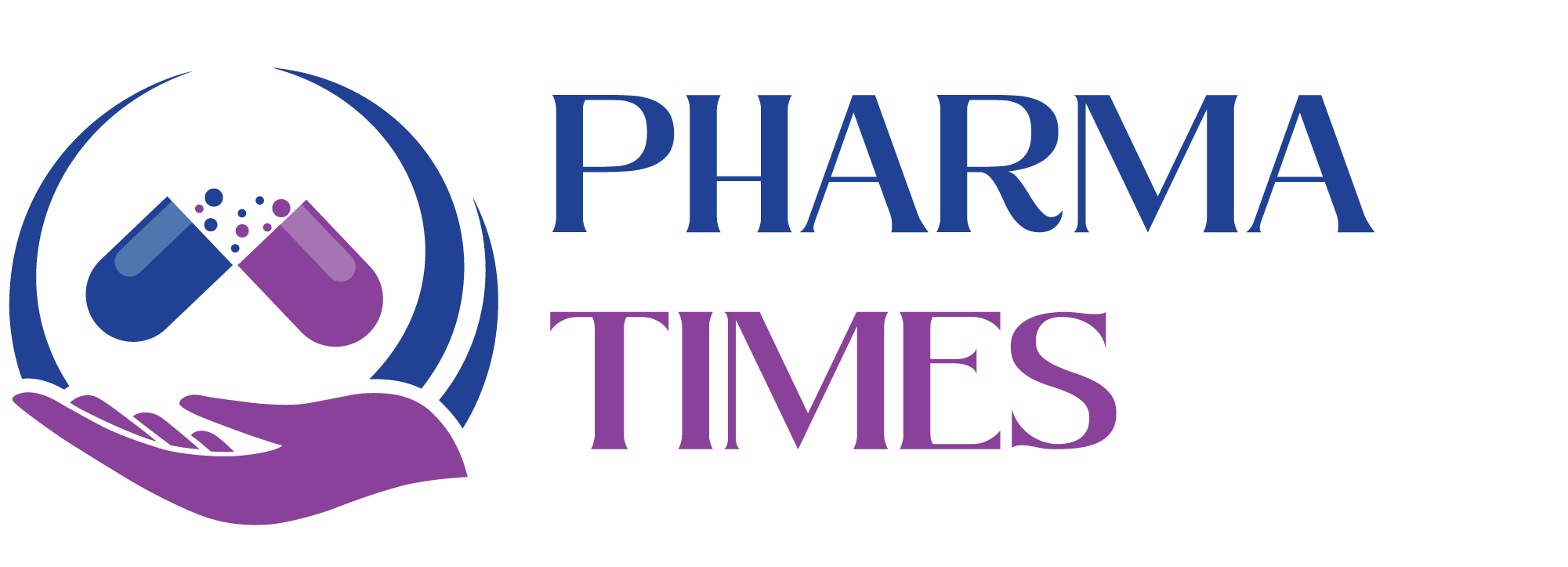“Comprehensive Guide to High-Performance Liquid Chromatography (HPLC): Principles, Types, and Applications”
Introduction to High-Performance Liquid Chromatography (HPLC)
High-Performance Liquid Chromatography (HPLC) is a highly efficient and precise analytical technique used to separate, identify, and quantify individual components within a mixture. It has become a key tool in various industries such as pharmaceuticals, food safety, environmental analysis, and biochemical research.
Understanding HPLC’s Working Principle
HPLC functions based on the interaction of compounds with two phases: the stationary phase (typically a solid or liquid on a solid support) and the mobile phase (a liquid that moves through the system). Different compounds interact with these phases at varying rates, leading to their separation. The process is largely influenced by molecular characteristics like polarity, solubility, and size. The technique allows for a highly controlled and precise analysis of complex mixtures, making it invaluable in quality control and research.
Essential Components of an HPLC System
The primary components of an HPLC system include:
- Pump: Drives the mobile phase through the system at high pressure, essential for maintaining the efficiency of the separation.
- Injector: Introduces the sample into the mobile phase, allowing it to flow through the column.
- Column: Packed with the stationary phase, the column is where the separation of different components takes place.
- Detector: Monitors the separated components as they exit the column, allowing for identification and quantification.
- Data system: Collects and processes the data, often generating chromatograms that represent the results visually.
Types of HPLC Techniques
- Normal Phase HPLC: Utilizes a polar stationary phase and a non-polar mobile phase. It is best suited for separating compounds based on their polarity.
- Reverse Phase HPLC: The most common method, which employs a non-polar stationary phase and a polar mobile phase. It is particularly useful for separating organic compounds and is widely used in pharmaceutical analysis.
Key Applications of HPLC
HPLC is used across numerous industries for tasks like:
- Pharmaceuticals: Ensuring the purity and dosage of drugs, monitoring active pharmaceutical ingredients (APIs), and performing stability testing.
- Food Safety: Analyzing contaminants, preservatives, and nutrients in food products.
- Environmental Analysis: Detecting pollutants and harmful chemicals in air, water, and soil samples.
- Biochemical Research: Separating and analyzing biological molecules such as proteins, peptides, and nucleotides for scientific research.
Advantages of Using HPLC
- High Resolution: Capable of separating compounds with very similar properties.
- Fast and Efficient: Modern HPLC systems can process complex samples quickly, allowing for high throughput.
- Versatility: The method is adaptable and can be customized by altering the phases to suit different compounds.
- Quantitative Precision: HPLC offers highly accurate measurements, making it suitable for applications where exact quantification is necessary.
Conclusion
HPLC has transformed the way we analyze complex mixtures, offering unparalleled precision, speed, and adaptability. Its diverse applications make it an essential tool in industries that rely on accurate and detailed analytical data, from pharmaceuticals to environmental monitoring. With continuous advancements in technology, HPLC remains at the forefront of modern analytical methods.

